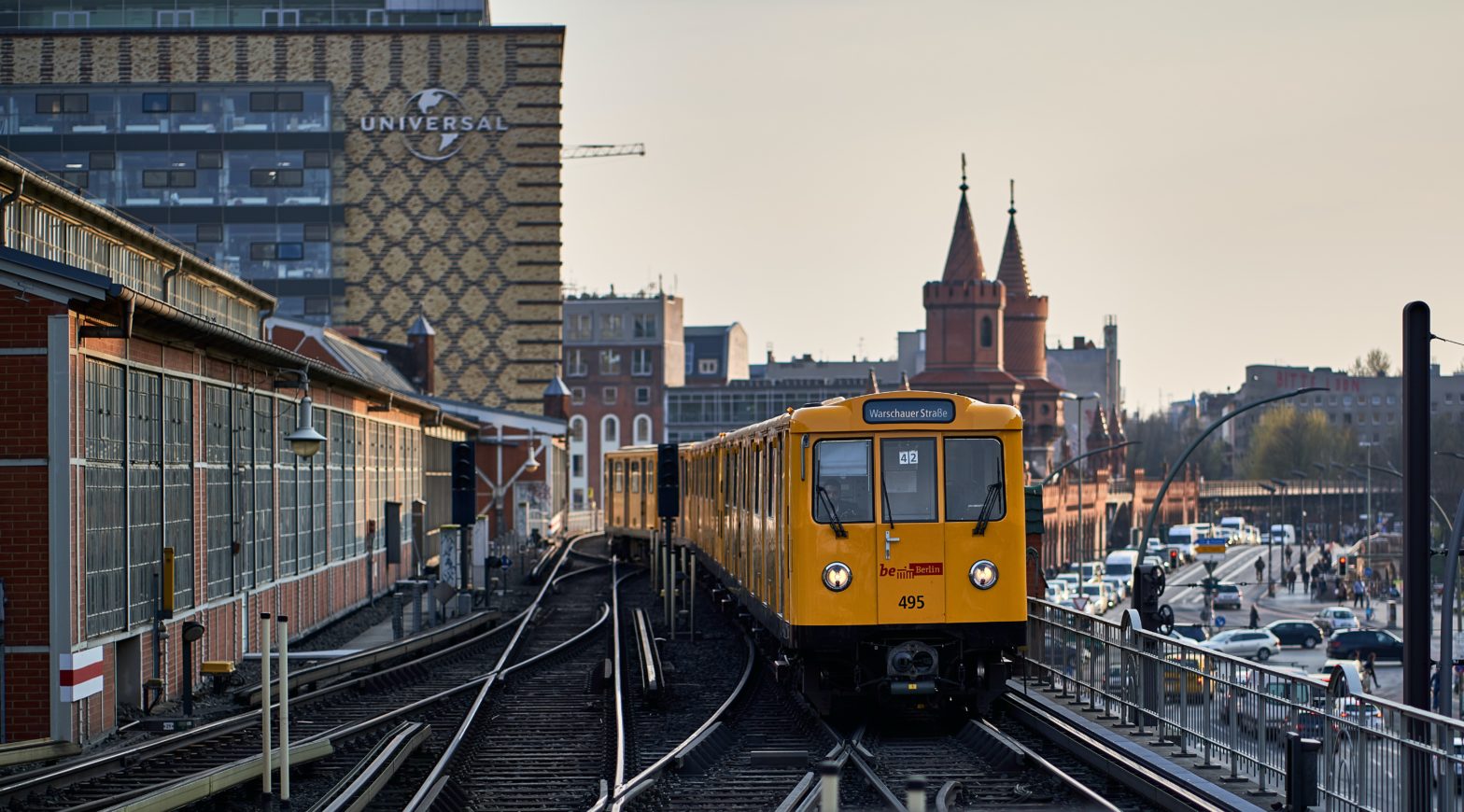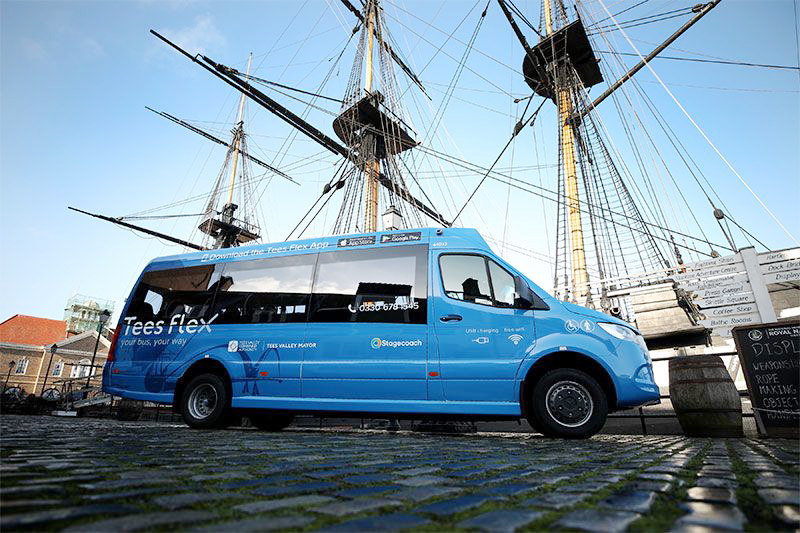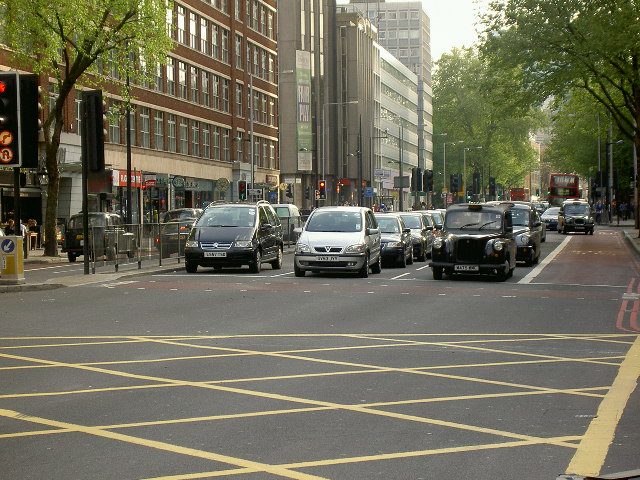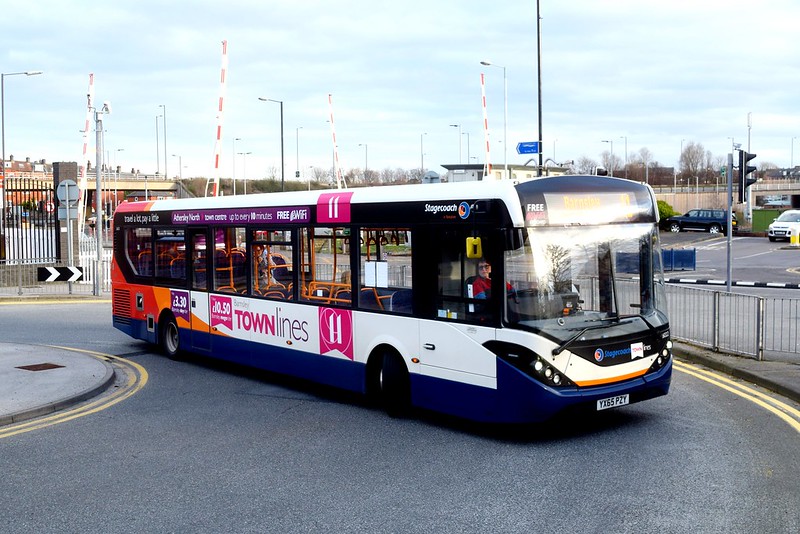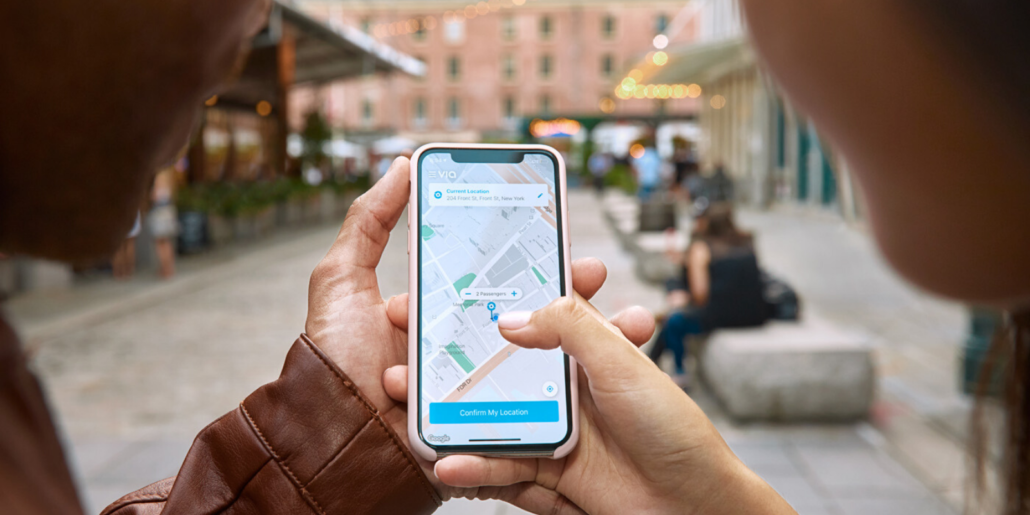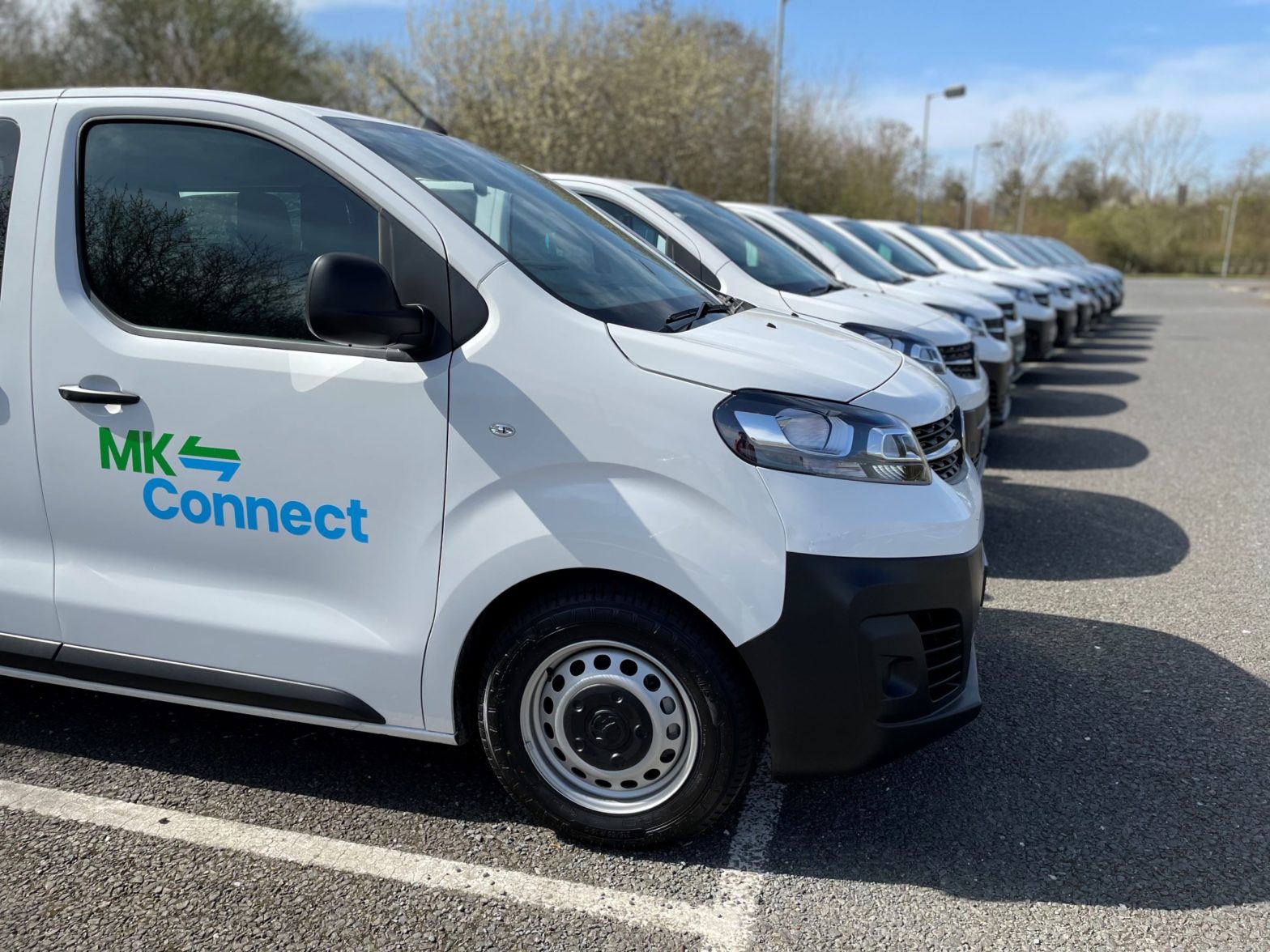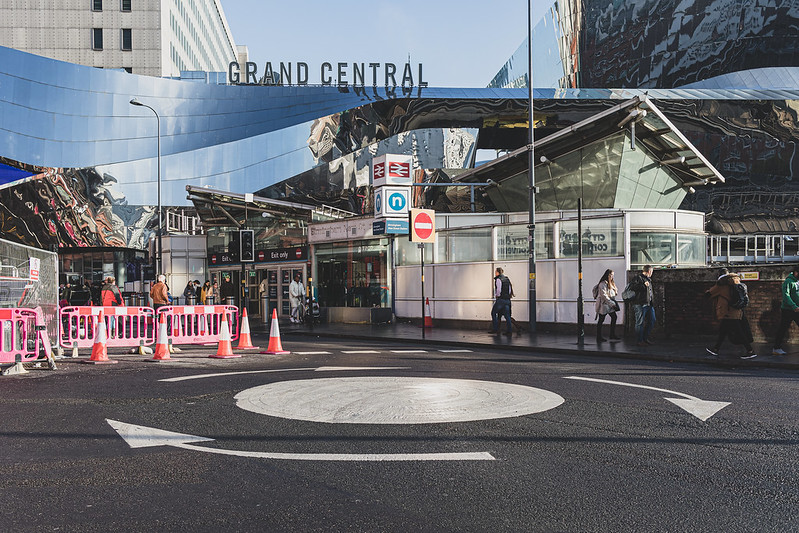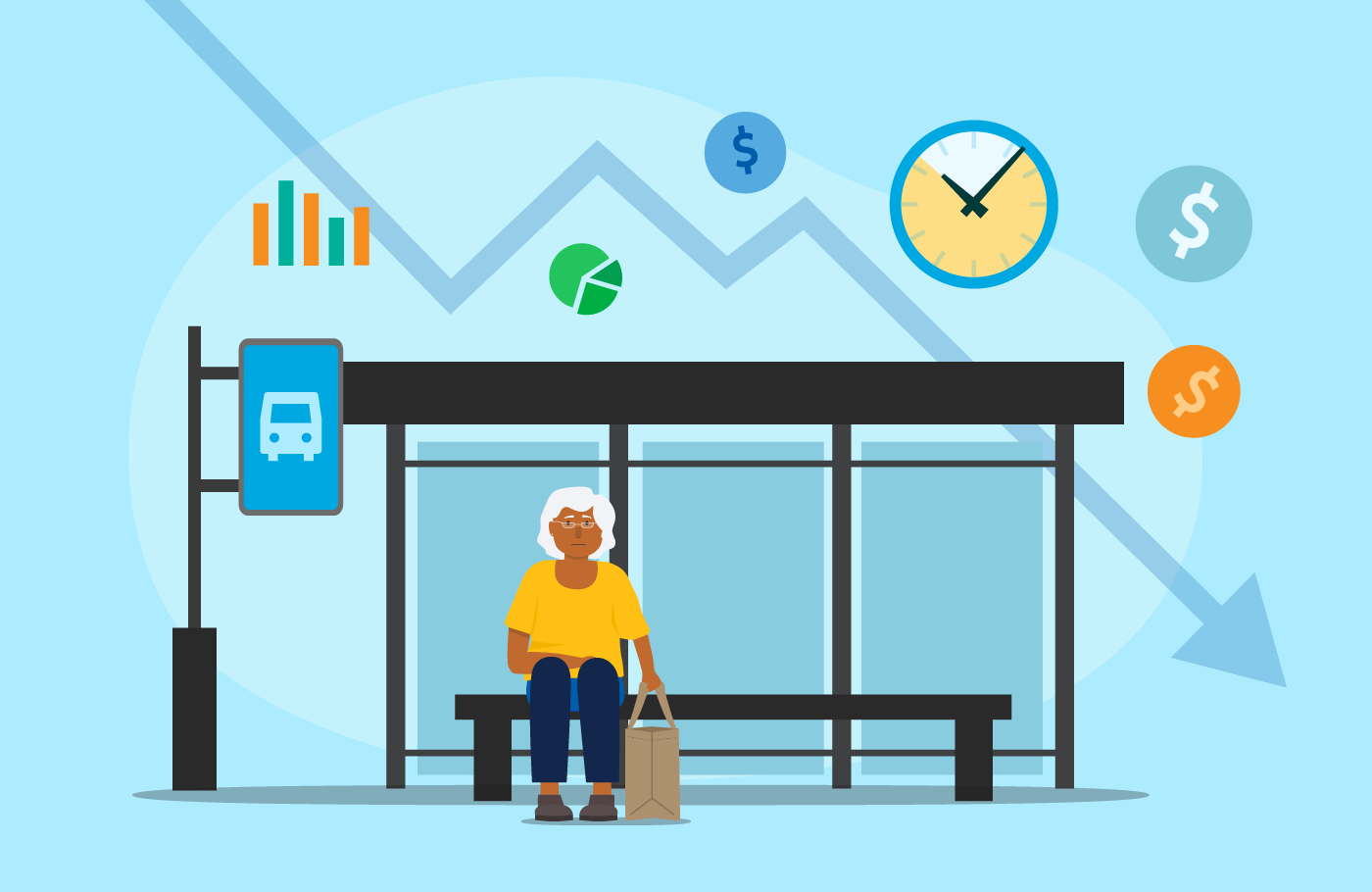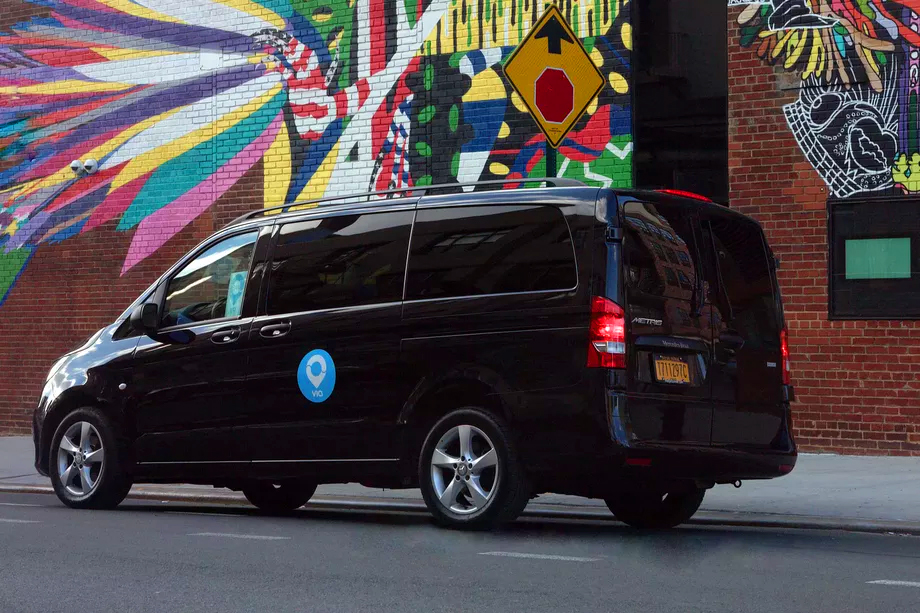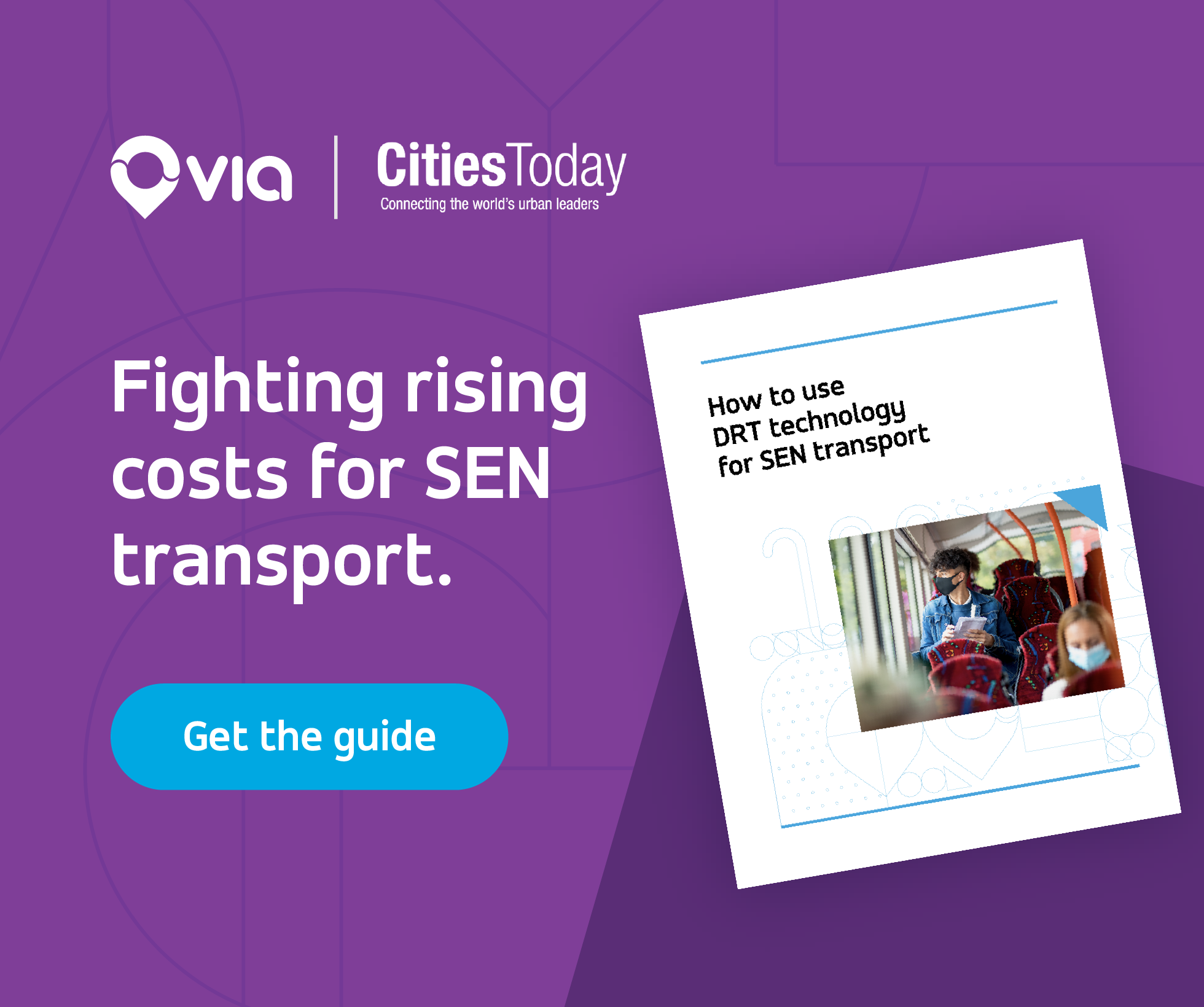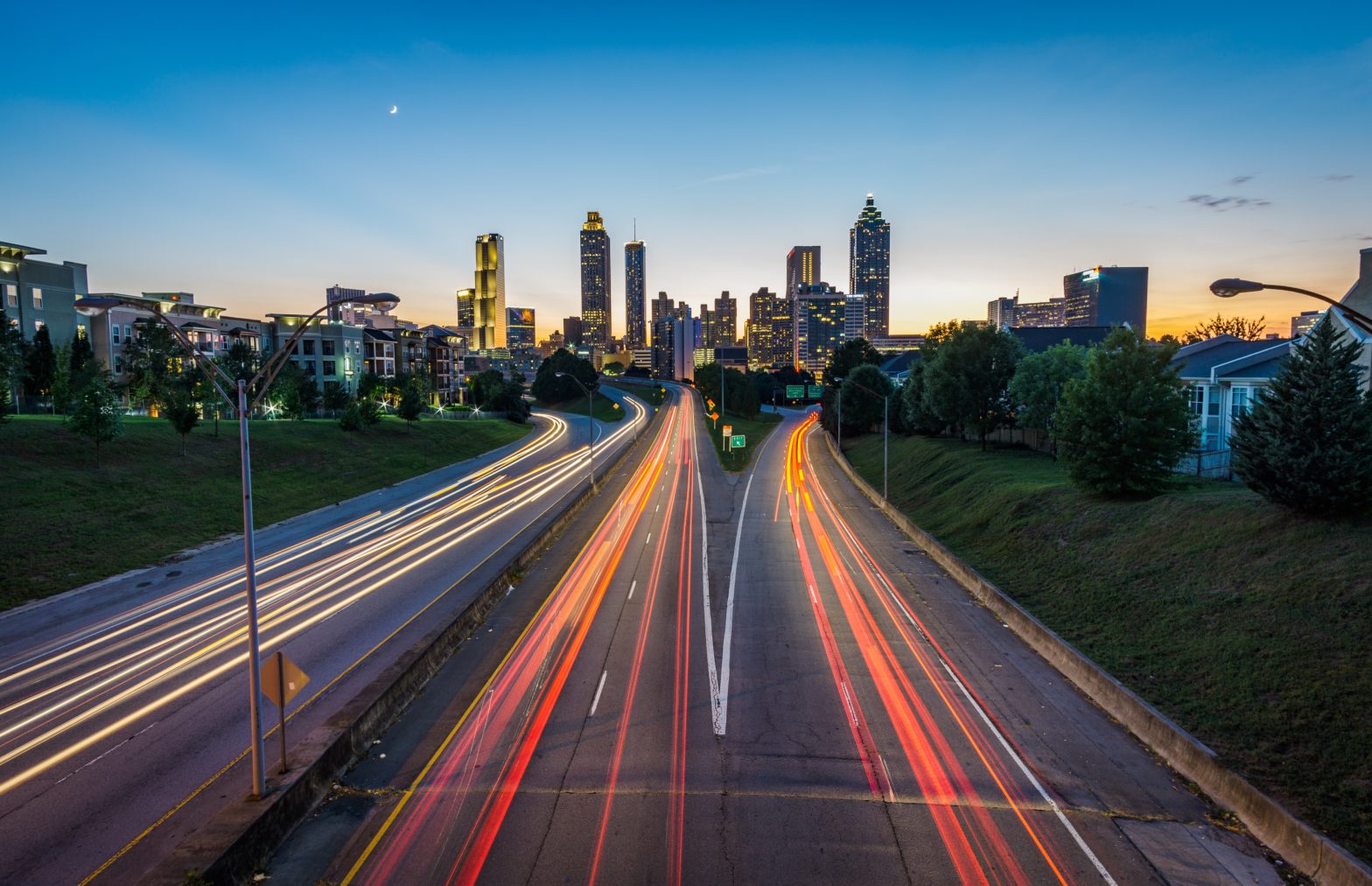
Photo: joey-kyber-unsplash
Fuel crisis highlights need for affordable transport options
16 January 2023
Motorists have found some relief at the petrol pump over the past couple of months, but the summer’s high prices and the ripple effects of a weak pound underscore the shortage of affordable transport across the United Kingdom.
Adding to the public’s cost of living woes, this volatility has highlighted the vulnerabilities of our dependence on the car.
Outside of London, a staggering difference can be seen in terms of transit, with patchy services limiting people’s social and economic mobility. Variability of transit access means that many people find themselves in an impossible situation: they can’t afford a car, but it’s really their only option.
Access
The majority (69 percent) of the UK’s population have personal access to cars and an even larger proportion (87 percent) are frequent (weekly) car users.
But a significant minority – nearly a third of the adult population – do not have personal car access and are reliant on public transport or other modes to support their lives.
This lack of personal car access is more common amongst young adults, minorities, those with mobility impairments, unemployed people and those on low incomes.
Research has shown that car owners typically underestimate the cost of owning and operating a vehicle by as much as 50 percent.
The same study also found that educating people about the true cost could reduce car ownership by up to 37 percent, and cut associated transport emissions by 23 percent.
Demand-responsive transport
With petrol costs alone averaging almost £1,300 (US$1,583) each year, and inflation climbing each month, the UK public could stand to make some much-needed savings.
Around the world, we’ve seen examples of increases in public transport patronage as fuel prices have risen.
A study conducted at the University of Texas in 2011 found that for every 10 percent increase in petrol prices in the US, rail saw an increase of 8 percent in ridership while bus use increased 4 percent on average.
But this can only happen when effective alternatives are available – people can’t ride public transport that doesn’t exist, or is too far away to access by walking or cycling.
“If we want people to transition away from private cars, we have to give them options beyond traditional bus and rail,” said Chris Snyder, the European CEO of transport technology firm Via.
“In dense areas where buses and trains can operate efficiently, we can use digital demand response technology (DDRT) to power small-vehicle fleets that connect people to stops and stations. In rural or suburban areas, DDRT can make it possible to live car-free just as you can in a city.”
Earlier this year, Via’s digital demand-responsive transport (DDRT) services saw the same – or greater – patronage bumps as other transport modes in response to rising petrol costs in the US: a service in Alabama saw a 60 percent increase, while services in Texas and New Jersey saw more modest 10 percent and 13 percent increases.
These services operate in areas where traditional fixed-route transport is not economically feasible, and give residents another choice besides private cars.




